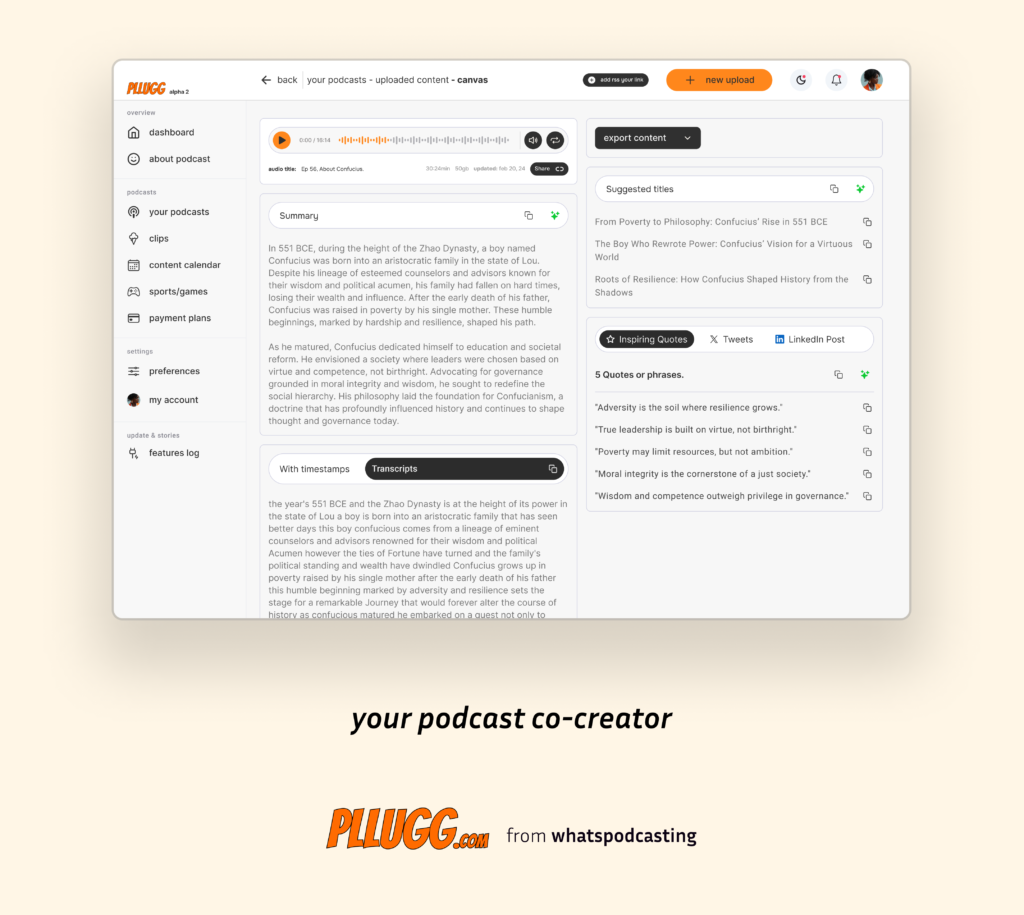How to schedule a podcast?
Scheduling a podcast isn’t just about picking a date and hitting record—it’s about setting up a system that helps you stay consistent without losing your mind.
Start with a content calendar
Think of this like your podcast planner. (we have a free planner at the end of this)
List out:
- Topics you want to cover
- Guests you’d love to invite
- When each episode should drop
Even if it’s just in Google Sheets or Notion, this will give you a bird’s-eye view of your podcast life. No more last-minute panic that makes it all messy.
Batch record your episodes
Instead of recording one episode at a time, try recording 2–4 episodes in one sitting (or over a weekend).Why this works:
-
Less pressure each week
-
More time to edit and plan promo (more on promo)
-
You can stay consistent even when life gets busy, especial cus it will.
Even big-time podcasters use this method. It’s a lifesaver.
Use scheduling tools
Tools like Calendly make it easy to find a time that works for both you and your guest. You just send a link, they pick a slot you both get calendar invites. Done. Bonus: It handles time zones automatically.
Set a production routine
Have a clear workflow for every episode:
-
Day 1: Record
-
Day 2: Edit + Transcribe
-
Day 3: Write show notes
-
Day 4: Schedule on publishing platform (e.g., Anchor, Buzzsprout, etc.)
-
Day 5: Promote on socials (using pllugg.com)
Even if this shifts, having a rhythm helps you stay on track.
Repurpose and relax

After publishing, don’t let your episode just sit there. With tools like pllugg.com, you can:
-
Get automatic transcriptions
-
Generate quote graphics
-
Create content for Instagram, LinkedIn, Twitter, etc.
-
Pull highlights from older episodes for throwbacks
This way, one episode = multiple pieces of content, and you’re not always starting from scratch.
…
Scheduling isn’t about being perfect.
It’s about setting up a repeatable system that keeps you in flow.
Start simple. Stay consistent. And let smart tools do the heavy lifting.



